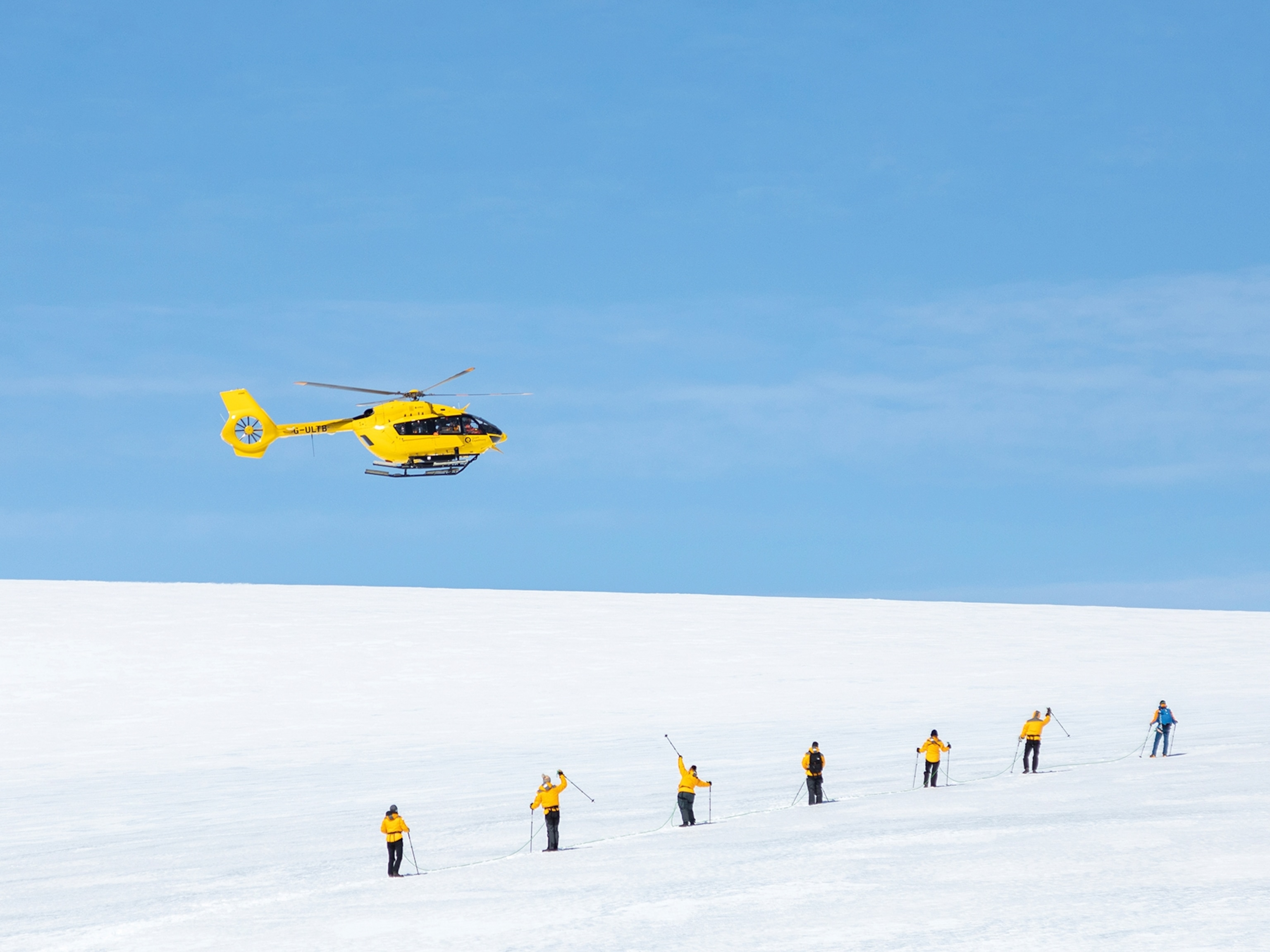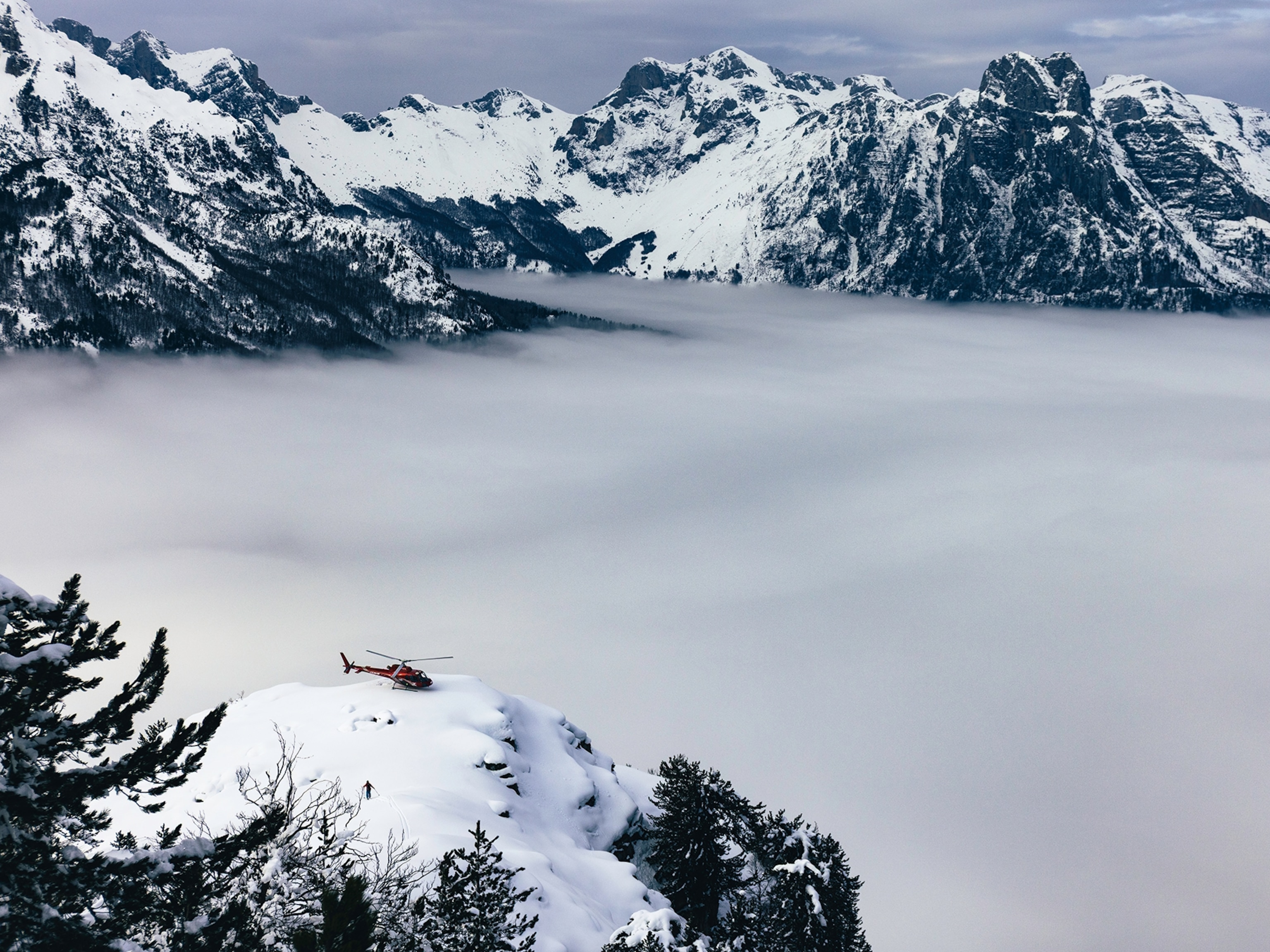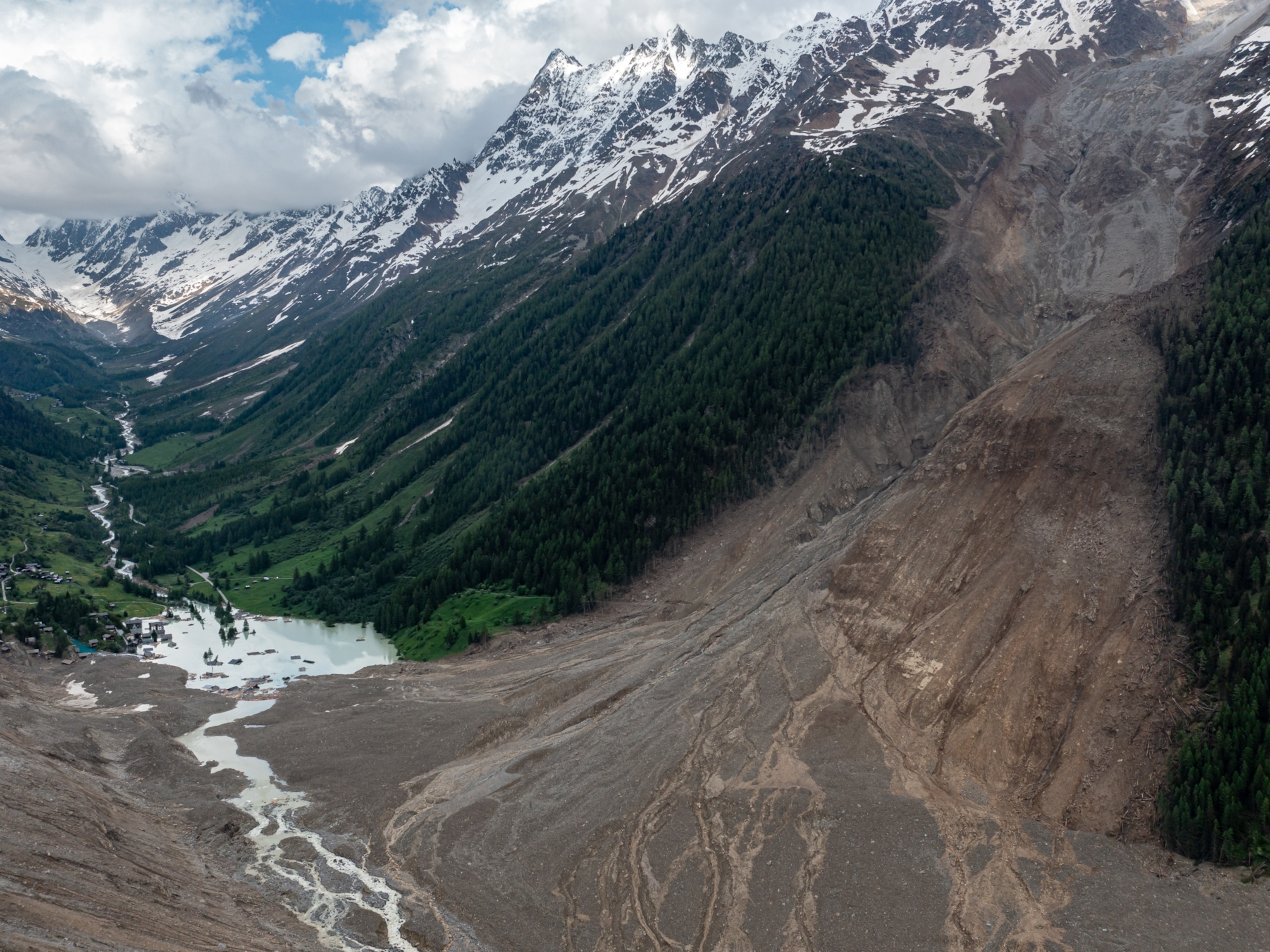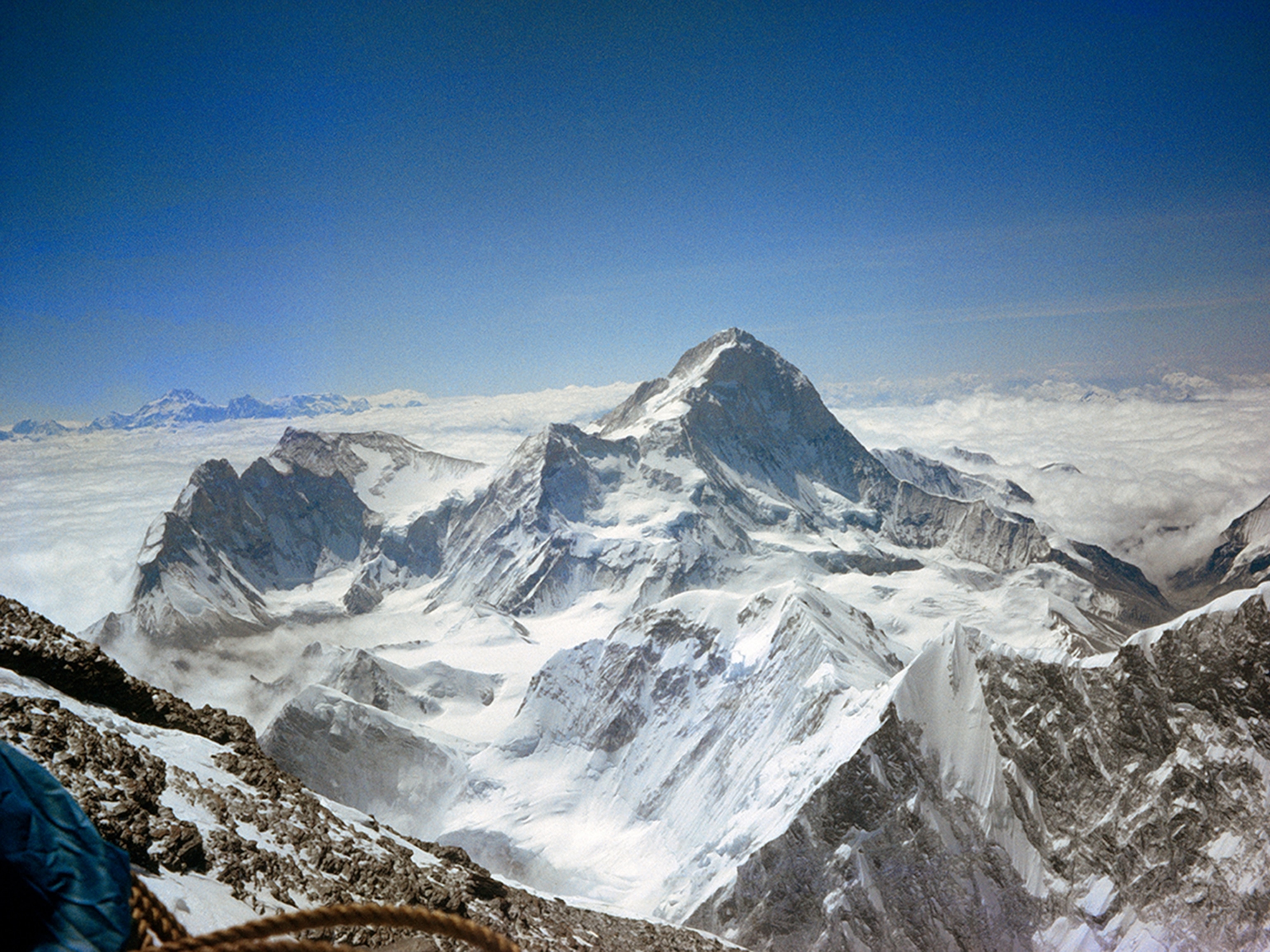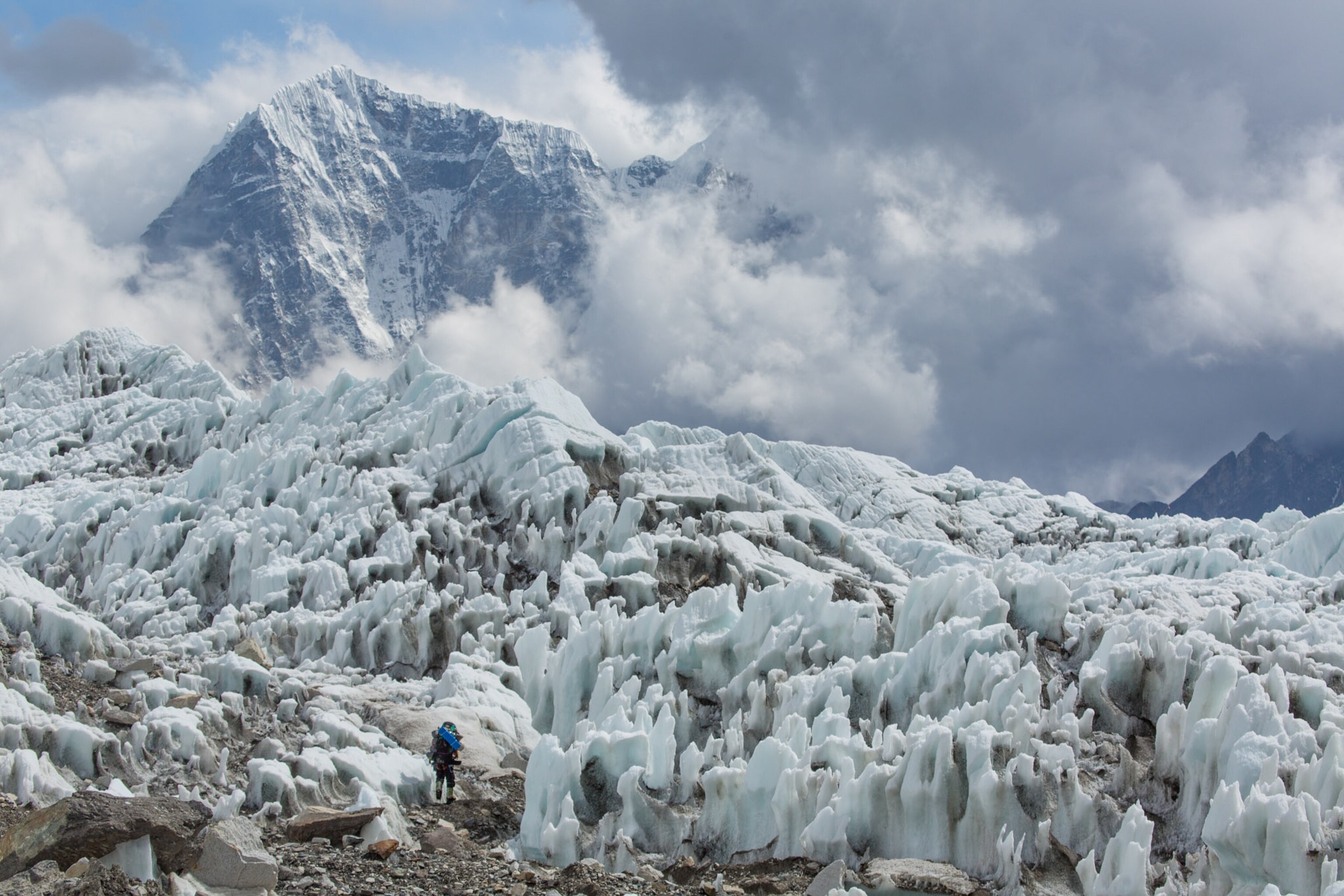
Chinese Woman Becomes First to Summit Everest After Avalanche
Helicopter ferries team over killer icefall.
NAMCHE BAZAAR—After a tragic climbing season on Mount Everest, after all the foreign guides and more than 300 high-paying clients had pulled out, a Chinese woman guided by a team of Sherpas found a way—if controversial—to get to the top of the world's tallest mountain.
Chinese mountaineer Wang Jing arrived in Namche Bazaar, Nepal, Sunday morning, after summiting Everest from the Nepal side late Friday, May 23. It was the 39-year-old Wang's third ascent of Everest. Her team avoided the icefall that killed 16 Nepali mountaineers on April 18 by flying over the dangerous stretch of the traditional route in a helicopter.
The Himalayan Times reported that Joint Secretary Madhusudan Burlakoti said that Wang Jing flew from base camp to Camp Two on May 10. Local officials confirmed that the Ministry of Culture, Tourism and Civil Aviation authorized Wang Jing's flight. However, it's not clear whether the ministry, which certifies Everest ascents, will recognize the feat as an official summit.
(Rock climbing: from ancient practice to Olympic sport)
In the days after the avalanche, many in the Everest mountaineering community had discussed the possibility of using helicopters to ferry supplies over the icefall to reduce the risk to Sherpas, who pass through the shifting zone of massive ice formations and deep crevasses several times during the climbing season, carrying supplies and gear from base camp to intermediary camps higher up the mountain.
Wang spoke to me after a ceremony in Namche earlier Sunday, where she was honored for donating more than $30,000 to the town's hospital. (Locals wrapped her in so many khatas—ceremonial scarves—it looked like she had a curtain around her neck.)
In the beginning she was a bit scared, but she thinks of all the Sherpas as her family and trusted them, and together they succeeded.
She said she was very sad about the death of the Sherpas killed in the avalanche, but she had made extensive plans to climb all seven summits (the highest peaks on the seven continents) in six months.

"I thought climbing all seven summits in six months would be easy to do, as I had a lot of experience climbing 26,000-foot (8,000 meter) peaks nine times. I thought all the other peaks on other continents would be easy in comparison, but it's not so easy now."
She said the famously difficult Hillary Step on the summit ridge of Everest was not very hard for her because she is very flexible, and to prove it she put her foot over her head.
Wang is reported to have come from a poor family in Sichuan but went on to start a multimillion-dollar outdoor clothing company called Toread. She is heading to Denali today to complete her goal of climbing all of the seven summits within a six-month period.
What will she do next year? "Next year I think maybe I will relax."
Nevertheless, the Sherpas working for her were probably very handsomely compensated to go against the unofficial moratorium on climbing Everest from Nepal. A group of climbing Sherpas had lobbied for the season to end in the wake of the tragedy, saying it was disrespectful to those who died to continue climbing this season.
Meanwhile, an American woman, Cleonice Weidlich, 51, helicoptered to Camp Two on May 8, to attempt the Lhotse Face, the world's fourth-highest peak, which is adjacent to Everest and also accessed from Camp Two.
Weidlich was helicoptered off the mountain from Camp Two on Saturday after getting a little above Camp Three, according to Tshering Tenzing Sherpa, an Everest Base Camp patrol ranger.
Chip Brown is a contributing writer for National Geographic. He wrote about the role Sherpas play in the Everest climbing industry and the impact on their community in the wake of the tragic avalanche that killed 16 last month.
A previous version of this article incorrectly gave Wang's age as 41, and stated that none of the Sherpas she hired had summited Everest before.

